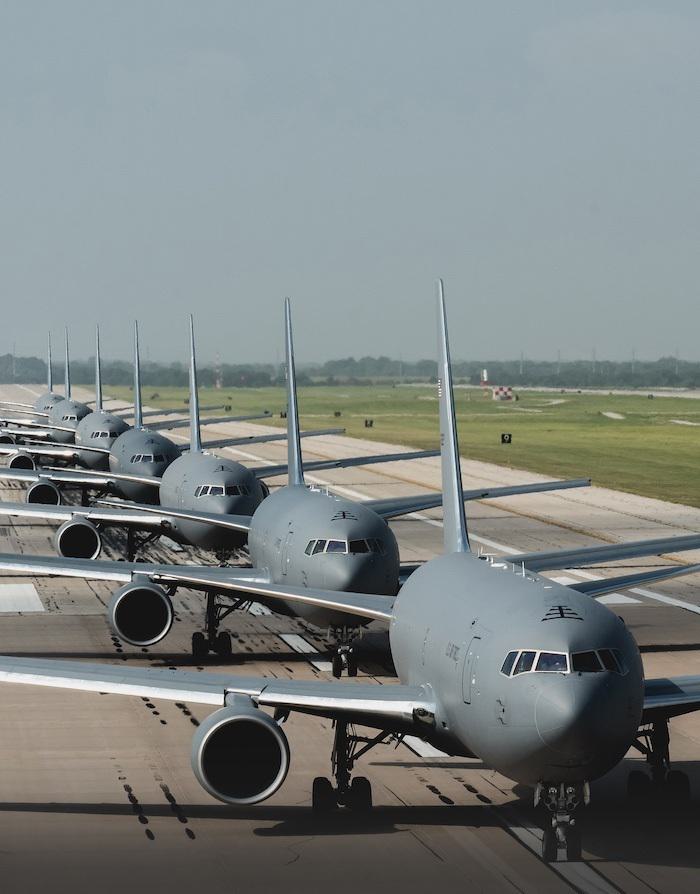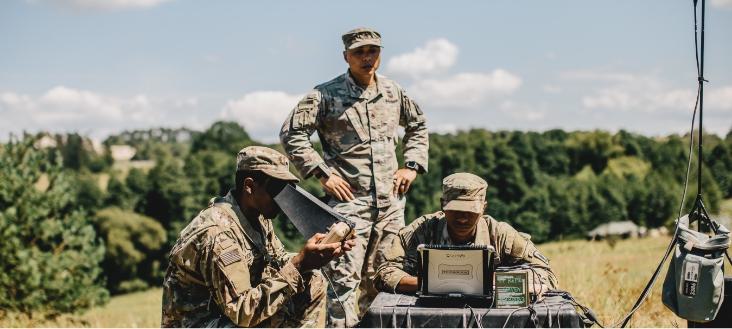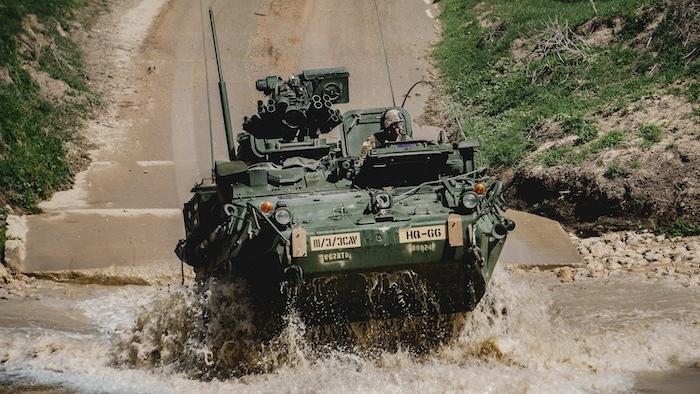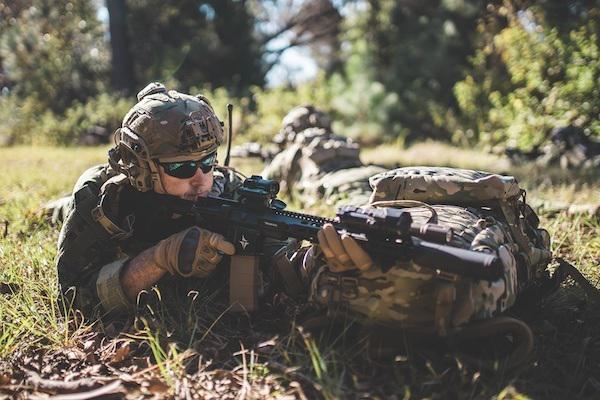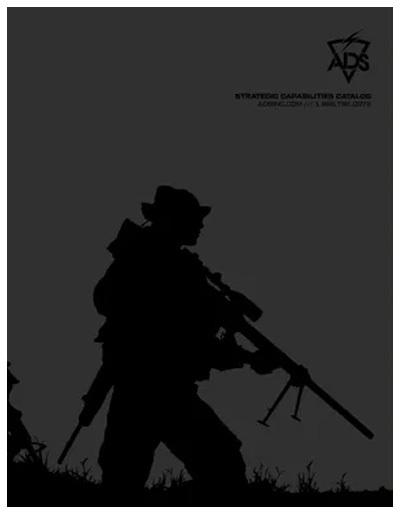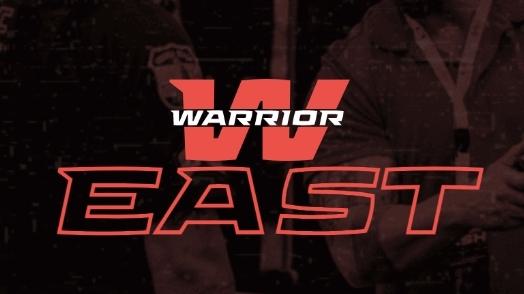
ADS INTERNATIONAL FEATURED IN MILITARY TECHNOLOGY
ADS, Inc.’s very own International Sales Manager, Simon Hanford, was recently published in the Vol. XLI, Issue 7-8 of Military Technology Magazine. His article, titled The Industry Role in Future Force Development: An Availability Approach to Capability Generation, begs the question: “Can industry truly lower the through life cost of capability if at the outset that capability is provided in full partnership with the industry that will sustain it for the lifecycle expected?”
The Industry Role in Future Force Development: An Availability Approach to Capability Generation
It is often discussed, somewhat cynically, that there is no one in the Defense Procurement Cycle that really wants to face the true cost of capability when fully expressed in through life costs from Initial Operating Capability through to retirement from service. Obsolescence management and sustainment costs are often massaged to fit an approval process that by definition looks to capture front end costs.
The main challenge to this process can be that the real innovations and concepts that can engage and energize stakeholders with industry are often not incentivized as the baseline is not holistic in the first instance.
If we are open to accepting the broad statement that a capability cost is approximately one third capitol equipment and two thirds support and sustainment through life then it follows that driving down the cost of defense should be seen as a Total Package Approach (TPA) where sustainment itself is integral to the process.
There are aspects of sustainment which are part of the design process, where manpower and routine servicing are designed to minimal levels. MTBF performance for subsystems and components are driven to the highest levels to increase overall system level uptime and availability. Maintenance schedules and intervals are dramatically enhanced with Health and Usage Monitor Systems (HUMS) built in at the platform level, all of which are mature in the platform capability arena as new technology is introduced to next generation and legacy systems.
However, as a procurement services provider, ADS looks deeper, and asks where industry might be able to shift the dynamic when capability requirements are seen in the context of availability. Can industry truly lower the through life cost of capability if at the outset that capability is provided in full partnership with the industry that will sustain it for the lifecycle expected?
Contracting for availability has been done before. In many countries prior to the Second Gulf War, availability contracts embraced the concept of support being provided by industry close to or within the theatre of operations, this in turn allowed militaries to reduce manpower in the supporting arms and services, with that capability replicated by industry. The practical reality was that this did not work as intended. The resilience of the contract language and an overall underestimate as to the cost of deployed contracted support staff, allowed the level of support to deployed capability to fall below what was expected by the operational commanders. This in turn has soured many nations from the concept of contracted availability.
However, a closer look at the underlying causes exposes a conspiracy of optimism on behalf of all the stakeholders. Militaries, looking year on year for 5-10% cost savings, national governments, reluctant to be seen as under investing in one of their primary responsibilities, defense of their nation, were keen not to cut or reduce flagship defense procurement programs, and so biting into the cost of manpower and support from the in-service support was an attractive target to meet cost reduction goals that for many countries went beyond “trimming the fat.”
However, does this mean that Industry cannot be leveraged to deliver cost and operationally effective defense capability?
If we can define the characteristics of the lifespan of a capability in the same granularity that we appear able to expand contract language, then it follows that there are certain metrics that, once defined, can shape the framework under which Industry can innovate and meet the customers’ needs in the sustainment aspects of the capability cost in a transparent and measurable manner.
By defining the readiness level expected for a given capability, we derive the amount of equipment needed to meet the military task. By also defining the period of sustainment and concurrency, we derive the support and sustainment infrastructure needed to meet that same military task. These metrics are not new, but are often overlooked as part of the industry engagement.
If we put these metrics to industry and ask how a contract based on the availability of the capability can be delivered, then there may well be industry-driven engagement in increased reliability, HUMS, obsolescence management and other through life enhancements to a capability. This in turn helps industry meet the readiness and sustainability metrics at a lower price point than was previously achievable, which in turn generates growth in revenue from the availability contract through life, without having to reduce operational effectiveness.
The defense Industry no longer holds stock, often supply chains are interrelated and have singular bottlenecks regardless of vendor. The customer transfers much of that risk under availability based contracts, and in partnership with industry the functional supply chain and technology road maps are integrated into the solution.
Can this relationship between competing priorities be made to work? By starting with the real cost of capability there could be a start point to drive innovation in industry that in turn supports sustainable cost and operationally effective force generation through capability-based contracting.
There are still few examples of success in this space, but for many countries the pressures of balancing defense needs with tight budgets, it may be time to explore the relationship once again.
Simon Hanford, Head of FMS & International Programs for ADS, Inc.
Simon heads the ADS business unit dedicated to supporting Security Assistance programs worldwide. He was previously a British Army Officer, who’s technical staff appointments included positions within DE&S as Chief of Staff to the ASTOR program and Requirements Manager for BOWMAN capability upgrades, responsible for force development and the role the equipment programs play within it. After leaving the Army, he worked for a U.S. communications manufacturer covering Middle East and European capability upgrade programs, before joining ADS to lead its key initiative engaging with Security Assistance programs in over 141 countries.
For more information on ADS’ International Advantage and their Total Packaged Approach, visit adsinc.com/international.
Contact
We are committed to consistently providing every customer with Legendary Customer Service. We take pride in delivering on these promises. Email us, give us a call, or fill out the form below and we’ll get back to you within one business day.

